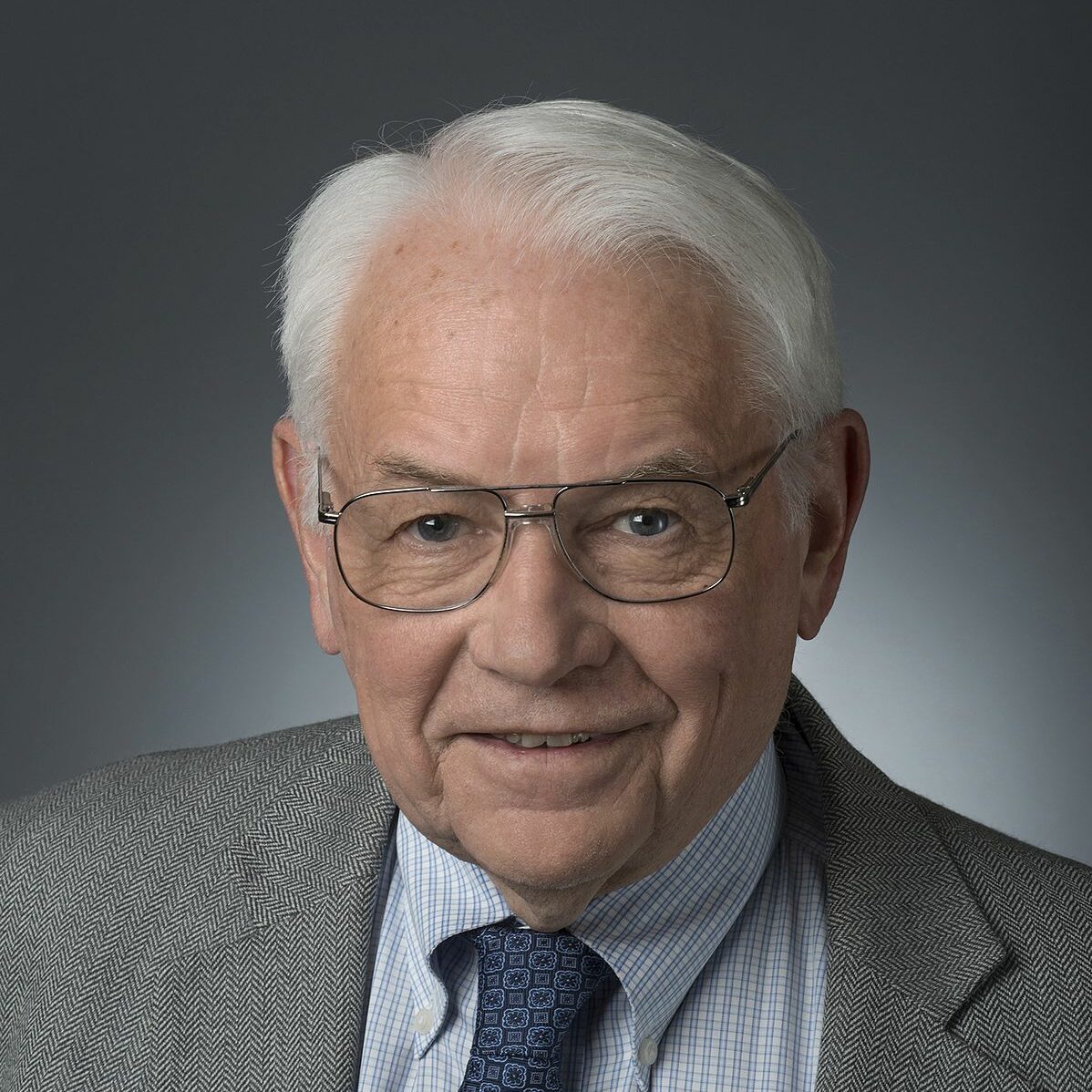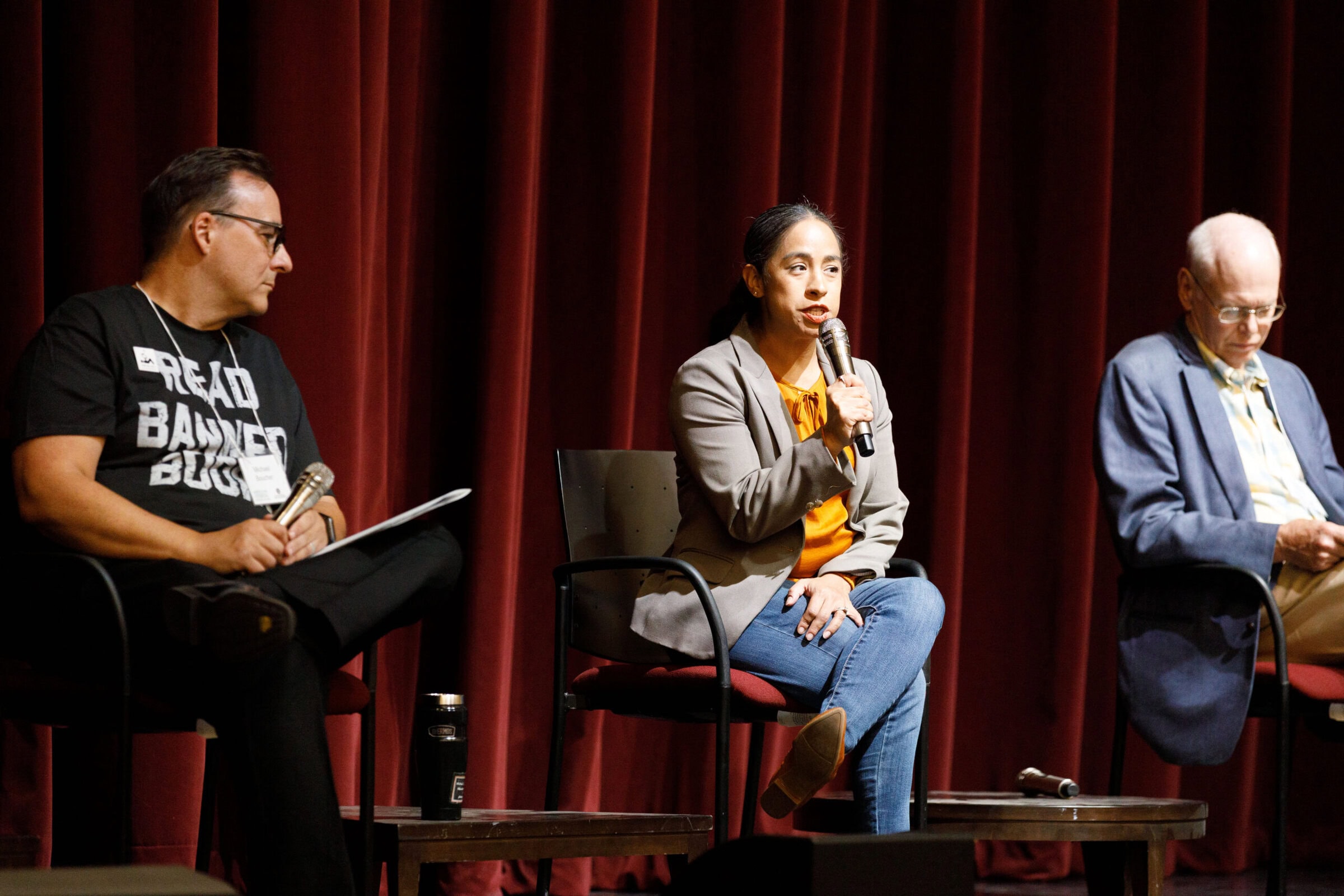Pamphlets and Publications
The division is actively promoting the development of materials on the teaching of teachers and on training graduate students in teaching. A pamphlet entitled “Why Study History” has also been developed for the AHA home page on the World Wide Web. In addition, the division has begun to examine existing publications to determine how they might be combined and offered in electronic form to encourage good teaching.
Sessions and Conferences
Mindful of the popularity of teaching sessions at the 1996 AHA annual meeting in Atlanta, the division reviewed a variety of teaching sessions for the 1997 AHA annual meeting. In coordination with the Association’s numerous and active affiliated societies, encouragement of teaching-related sessions at the annual meeting and in several regional meetings has become a major function of the division. At the annual meeting, special efforts have been introduced over the past several years to attract attendance from secondary school teachers, while a reception for two-year college teachers underscores the connections developing in this area.
Toward a Wider Public
Production of a lecture for the History Channel was completed; the lecture will begin to be shown in early 1997. Possibilities of more extensive interaction are being explored. The new series Where in Time Is Carmen Sandiego, which the division helped to encourage, began to air in October on PBS.
Criteria and Evaluations
The division is generating guidelines for evaluating good teaching and good textbooks, with the hope that these statements will encourage a more professional approach as demands for assessment intensify. These guidelines will be distributed to history departments and, in the case of textbooks, to publishers and selection committees as well.
The division has also encouraged AHA participation in discussions of teaching portfolios, which will be taken up by a committee of several historians in conjunction with an American Association of Higher Education initiative, at the annual meeting in January.
It has become clear that, in the wake of the national standards efforts, a variety of states and localities are introducing new standards in the history and social studies area, and that some of them take little account of the standard criteria historians emphasize. The division, in collaboration with relevant affiliated societies and with the renewed association with the National History Education Network (NHEN), has commented on several drafts of state standards. In the case of the standards proposed in Illinois, these efforts gained strength from the independent commentary offered by a number of Association members.
Affiliated Societies
The variety of groups now concerned with history teaching is a challenge and an opportunity. The division is now including representatives from NHEN, the Society for History Education, and the Organization of History Teachers, at one of its annual meetings. These contacts provide important ideas and innovations on a number of fronts.
My thanks to my colleagues on the division, particularly to Doris Meadows (Wilson Magnet High School), whose term of service is ending. Other division members include David S. Trask (Guilford Technical Community Coll.), Evelyn Hu-DeHart (Univ. of Colorado at Boulder), and Teofilo Ruiz (Brooklyn Coll., City Univ. of New York). I also want to acknowledge the imaginative and supportive efforts of the AHA headquarters staff, especially Noralee Frankel, Sandria B. Freitag, and Cedra Eaton, who not only facilitate the division’s operations but also provide vital ideas and initiatives.



